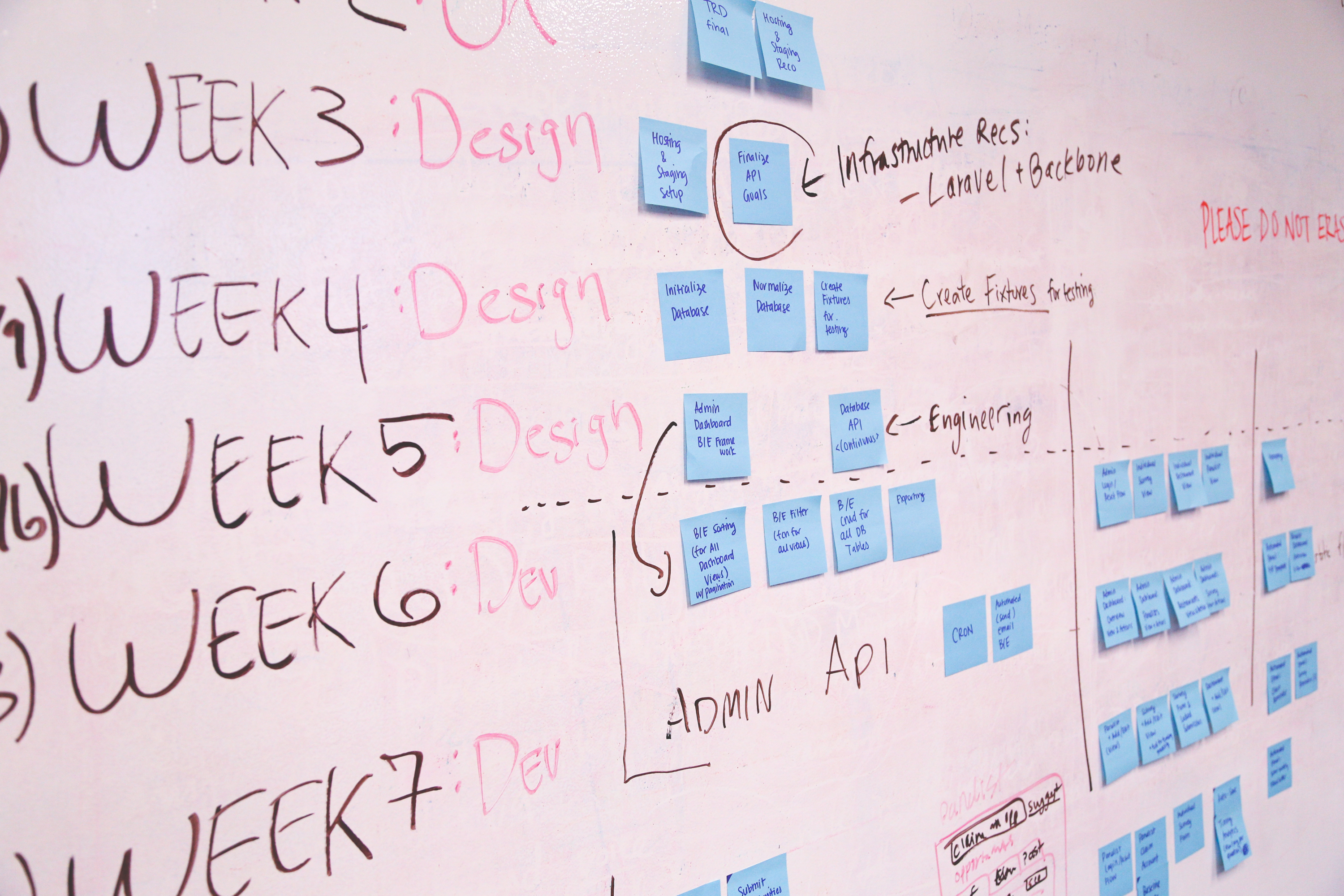The curse of the modern office or workplace is Last Minute-itis. It is wasteful of our time, increases our stress, and the errors that are made cost us a fortune. Even if this wasn’t the case, how many of us can say that they like to be rushed – even if it is work that we usually enjoy doing? We can’t always do much about disorganized coworkers, demanding clients, and the procrastinators around us. But don’t despair, at least we can make sure that we are not sabotaging ourselves. Here are a few methods that we can use to help reduce the occurrence of last minute-itis. These all seem like common sense and they are. But how often do people violate what they know is common sense and do something because they think it is easier, it will be different this time (the definition of insanity), or they are too tired and don’t do what they know they have to do?
Last things first – there is a famous Lewis Carroll quote (or was it the Cheshire Cat?): “If you don’t know where you are going, any road will get you there.” A corollary is “If you don’t know what you are trying to accomplish, it doesn’t matter much what you do." Countless hours are wasted producing products or doing jobs that either don’t need to be done or you are working on something that really isn’t what the customer wants. Client’s often ask how long it will take or what it will cost to do something. I have to ask them first “What do you want it to do”? They might not know, and you might have to provide them with guidance. After you get their answer, produce a prototype or use an example from a previous job and ask the client if this is the result they are expecting. You can save a world of time by doing this and avoid costly errors. You may even earn the admiration of a customer because you asked them what they really wanted.
Embracing the Process – Once we know what we are trying to accomplish the next question is how is it to be done. The process engineer is taught to think backwards, and you should too. Starting with a result will direct you to think in reverse. What do I need to achieve the product? Then go the next step repeatedly until you reach base information. Insert the checking, review, and validation steps until you have the entire process mapped out. Whether you do this on a whiteboard, in a graphics program – like Visio, mind mapping software, or just scribbling on paper - mapping out the process and following it is a sure way to get the result that you want.

Everything in order – After you have defined the process, now stick to it. As a controls engineer, I have often worked with programmers. Programmers love to write code. That’s what they do. But there is a time for everything. Make sure that you have the foundation work done first and get an agreement that this is really what the client wants or needs before wasting time producing something unnecessary or unwanted.
Hurry at the beginning - when you have the time. It has often been said that “hurry is the
sign of a weak mind”. I don’t really
know you but if you are reading this
article you don’t have a weak mind. People
tend to get more dedicated to a project the closer they get to the due
date. This is because at the beginning
the objective is so far away and the time seems limitless. There is nothing like having a schedule with
firm due dates to ensure that work is getting done in a timely matter and that people
are working to avoid entering a crisis mode the last week of the project. Make sure that the work is broken down into
discrete tasks that can be completed.
Assume that there will be problems, and leave yourself time to fix them
as they arise. There is nothing as
enjoyable as reaching the end of a successful project and knowing that it was
accomplished without a frantic dash during the last few weeks to get it done.
First things first – There is work that we have control of and work that we have little or no control of. Let’s be sure to identify what we have no control over at the beginning of the project. As you have less control of items that come from others, you will have to put a structure in place that will allow your suppliers time to get the information to you in a timely matter. Ask yourself if the materials that you have provided to your supplier define what you want. Are there areas in the documentation that might be confusing? Do they have enough time to provide you with the product that you need? Anything that you receive from an outside source must be checked. It is your job to make sure that the product that you receive is checkable (more about that in the next article). If mistakes are made (either by your supplier or by you) is there enough time to redo the work and still meet the deadline?
Avoiding what we like to do – There is work that we love to do
(work that puts us in “the Flow”) and work that is necessary but not our choice
to do. If there is something that must be
done, and it cannot be delegated to someone else, learn to avoid doing just the
work that you want to do because it feels good.
If you have done a good job of formatting the project, you will have
time to do the work that you love doing.
Painting yourself into a corner – We all (at least most of us) have this surge of expectations when we start a project. It just feels good to be doing something new. We have all gone through the steps of defining a concept, getting the client’s buy-in, and working on the project. But what if it doesn’t work as we imagine. Do you have a plan “B? What is the worst that can happen? Make plans to resolve these problems and prepare for the worst.
Now that you have my ideas, apply them and your own ideas toward being more effective. I would like to hear your comments about what you have found to be effective.
Mark Goldstein, P.E. - Senior Controls Engineer
Mark joined Spring in 2015 and has been a key contributor to the business. Prior to joining Spring, he worked for consulting engineering firms, control system integrators, manufacturers, and OEM’s in Tennessee, Georgia, Texas, and Missouri, in various roles, including process engineer, project engineer, project manager, and department manager.
He is a licensed professional engineer and has completed project work consisting of engineering, design, programming, installation oversight, and commissioning.


